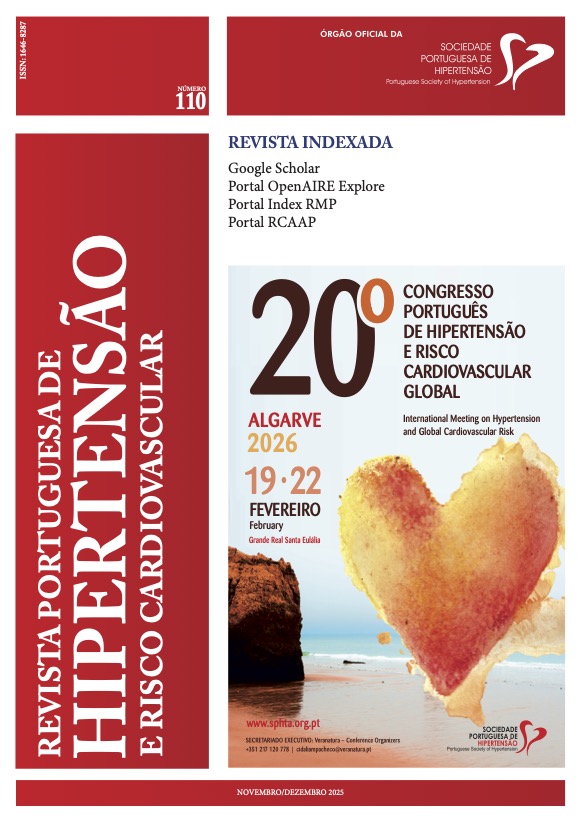APPLICATION OF THE PRINCETON CRITERIA IN MEN WITH ERECTILE DYSFUNCTION IN A FAMILY HEALTH UNIT: A DESCRIPTIVE OBSERVATIONAL STUDY
DOI:
https://doi.org/10.58043/rphrc.189Keywords:
Erectile Dysfunction, Cardiovascular Diseases, Risk Factors, Primary Health Care, Cross-Sectional StudiesAbstract
Introduction: Patients with Erectile Dysfunction who wish to initiate or resume sexual activity have a high prevalence of cardiovascular diseases. This highlights the importance of stratifying their cardiovascular risk and subsequently identifying the need for further evaluation using the Princeton IV Consensus guidelines.Objectives: Assess compliance with Princeton criteria among patients with Erectile Dysfunction at the Barquinha Family Health Unit, characterize their cardiovascular risk factors, and compare the diagnostic prevalence of Erectile Dysfunction among different patient lists within the same unit.
Methods: This is a cross-sectional, observational, and descriptive study. A list of patients diagnosed with Erectile Dysfunction at the Barquinha Family Health Unit was obtained, coded as an active problem using Y07 – Impotence (ICPC-2 Classification). After the recruitment process and obtaining informed consent, the final sample size was 35 patients.
Results: The mean age at diagnosis was 61.4 ± 11.7 years, with 88.6% of patients being ≥ 50 years old. Notably, 57.1% belonged to List A, 2.9% to List B, 8.6% to List C, and 31.4% had no assigned Family Physician. At the time of Erectile Dysfunction diagnosis, most patients (65.7%) had more than three cardiovascular risk factors. The most prevalent cardiovascular risk factors were: Overweight/Obesity (82.9%), Dyslipidemia (77.1%), and Hypertension (57.1%). Regarding the Princeton criteria, these were met in 27 patients (77.1%), with the majority belonging to List A.
Conclusion: The results reinforce that patients with Erectile Dysfunction frequently present several Cardiovascular Risk Factors. This condition may be the first warning sign of future Cardiovascular events, making its proper management in Primary Health Care essential.
Downloads
References
Miner M, Parish SJ, Billups KL, Paulos M, Sigman M, Blaha MJ. Erectile Dysfunction and Subclinical Cardiovascular Disease. Sex Med Rev. 2019;7(3):455-463. doi:10.1016/j.sxmr.2018.01.001
Kloner RA, Burnett AL, Miner M, et al. Princeton IV consensus guidelines: PDE5 inhibitors and cardiac health. J Sex Med. 2024;21(2):90-116. doi:10.1093/jsxmed/qdad163
Wespes E, Amar E, Eardley I, et al. Orientações sobre disfunção sexual masculina: disfunção eréctil e ejaculação prematura: definição, epidemiológica e factores de risco. Associação Portuguesa de Urologia; Março de 2009. Disponível em: https://apurologia.pt/wp-content/uploads/2018/10/Disf-Sex-Masc.pdf
Downloads
Published
How to Cite
Issue
Section
License
Copyright (c) 2025 Raquel Rodrigues Ribeiro

This work is licensed under a Creative Commons Attribution 4.0 International License.




